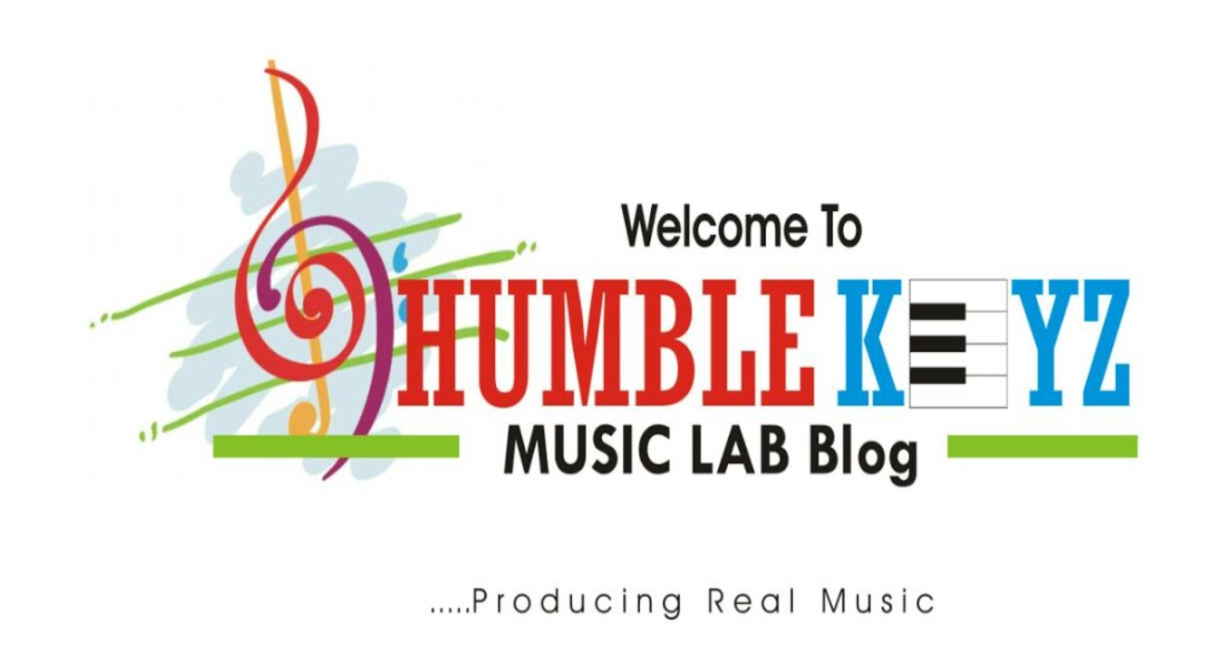Welcome back
Today's post will introduce low-level passing chords that can be used to approach any chord.
Level: Beginner
Level: Beginner
Prerequisite: Major and minor triads and their inversions
We will use plain simple minor triads for our passing chords.
Intro:
We will use plain simple minor triads for our passing chords.
Intro:
Passing chords don't need to be extremely phat to sound lush. If in doubt, ask Cory Henry.
Minor triads sound best in their first inversions and major triads sound best in the 2nd inversions. This is just the sounds with no context in mind.
Minor triads sound best in their first inversions and major triads sound best in the 2nd inversions. This is just the sounds with no context in mind.
Let me tell you why. Chords are gotten when notes are stacked on top each other. If all the notes are heard at the same time, it is said to be harmonic. If the notes are heard one after another, it is said to be melodic.
Now, these notes have spaces between them which form intervals. Intervals have diverse levels of brightness or harshness. Major and perfect intervals have the brightest sounds. These bright sounds are said to be consonant, and the harsh ones are said to be dissonant.
So the arrangement of the notes in a chord [called chord voicing] goes a long way to affect how the overall sound will be heard.
Major triads in 2nd inversion have a stack of perfect 4th and major 3rd interval, unlike the root position that has a stack of major 3rd and minor 3rd.
Cmaj is CEG. C-E is a major 3rd and E-G is a minor 3rd.
GCE is Cmaj in 2nd inversion and G-C is a perfect 4th and C-E is a major 3rd. You can see why a P4+M3 sounds better than an M3+m3.
Our focus is the minor triad. In root position, Cmin is CEbG. C-Eb is a minor 3rd interval and Eb-G is a major 3rd interval. In the 1st inversion, Cmin becomes EbGC. Eb-G is a major 3rd interval and G-C is a perfect 4th interval. So you see why an M3+P4 sounds better than an m3+M3.
Method:
Major triads in 2nd inversion have a stack of perfect 4th and major 3rd interval, unlike the root position that has a stack of major 3rd and minor 3rd.
Cmaj is CEG. C-E is a major 3rd and E-G is a minor 3rd.
GCE is Cmaj in 2nd inversion and G-C is a perfect 4th and C-E is a major 3rd. You can see why a P4+M3 sounds better than an M3+m3.
Our focus is the minor triad. In root position, Cmin is CEbG. C-Eb is a minor 3rd interval and Eb-G is a major 3rd interval. In the 1st inversion, Cmin becomes EbGC. Eb-G is a major 3rd interval and G-C is a perfect 4th interval. So you see why an M3+P4 sounds better than an m3+M3.
Method:
We will use minor triads a whole step above our target chord to approach it in descending semitones. So if we are to approach a Gmin chord, we will start from Amin because Amin has its root, A, a whole step above G, the root note of Gmin which is our target chord.
We will then have Amin > Abmin > Gmin.
Amin > Abmin will be our passing chords.
We voice it to have the root note on top because we know [ or at least think] it sounds better like that.
/CEA > /BEbAb > /BbDG would be what our RH will play. on the last chord which is our Gmin chord, we can play the root on the LH or any other combo of notes e.g. GDF or GDA.
This gives LH/RH:
/CEA > /BEbAb > GDF/BbDG [Gmin7] or GDA/BbDG [Gminadd9]
Quick usage:
We will then have Amin > Abmin > Gmin.
Amin > Abmin will be our passing chords.
We voice it to have the root note on top because we know [ or at least think] it sounds better like that.
/CEA > /BEbAb > /BbDG would be what our RH will play. on the last chord which is our Gmin chord, we can play the root on the LH or any other combo of notes e.g. GDF or GDA.
This gives LH/RH:
/CEA > /BEbAb > GDF/BbDG [Gmin7] or GDA/BbDG [Gminadd9]
Quick usage:
Say we want to play a 4 chord in key Cmaj e.g. Fmaj6/9 [FACDG], we can approach it from a Gmin chord and approach the Gmin chord with the passing chord we have just learnt.
/CEA > /BEbAb > GDF/BbDG [Gmin7] > FCG/ADG [Fmaj6/9]
/CEA > /BEbAb > GDF/BbDG [Gmin7] > FCG/ADG [Fmaj6/9]
We will take this up a bit higher in the next post.
Humblekeyz












